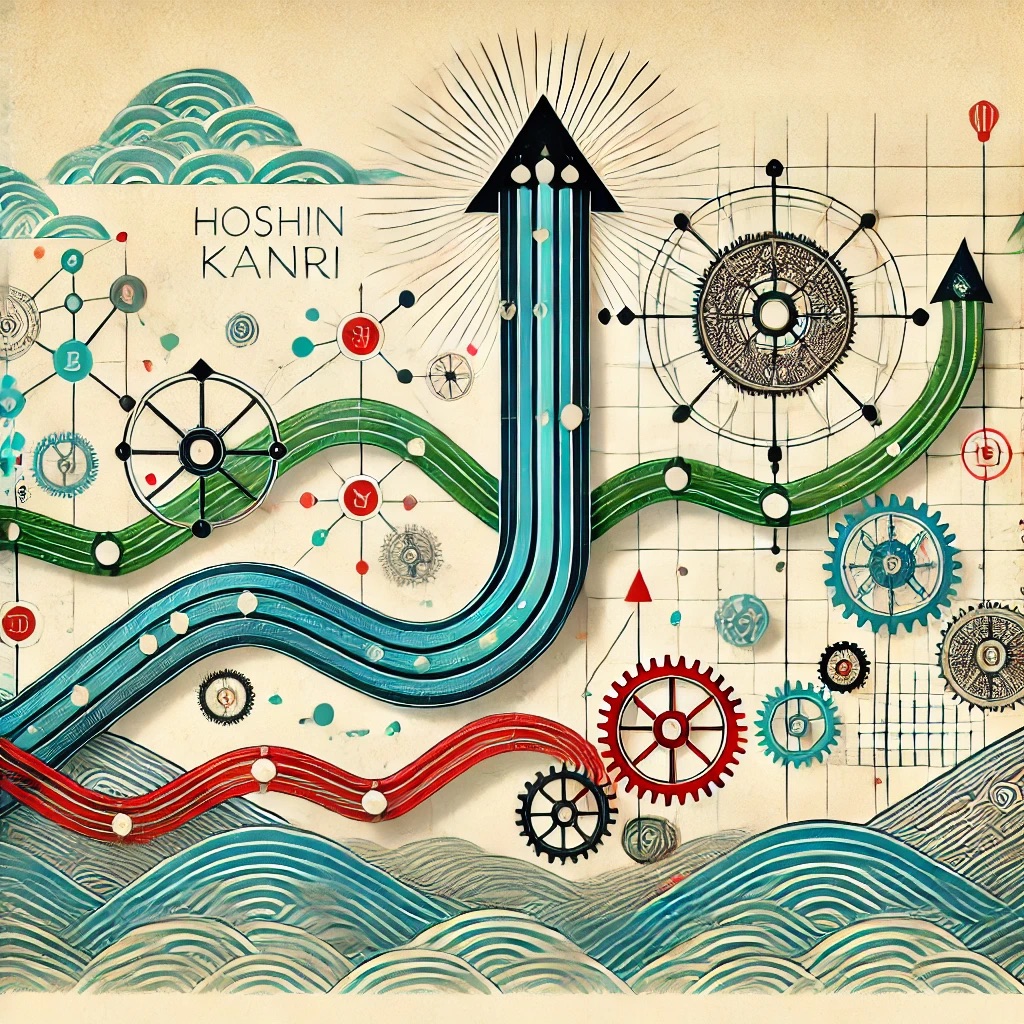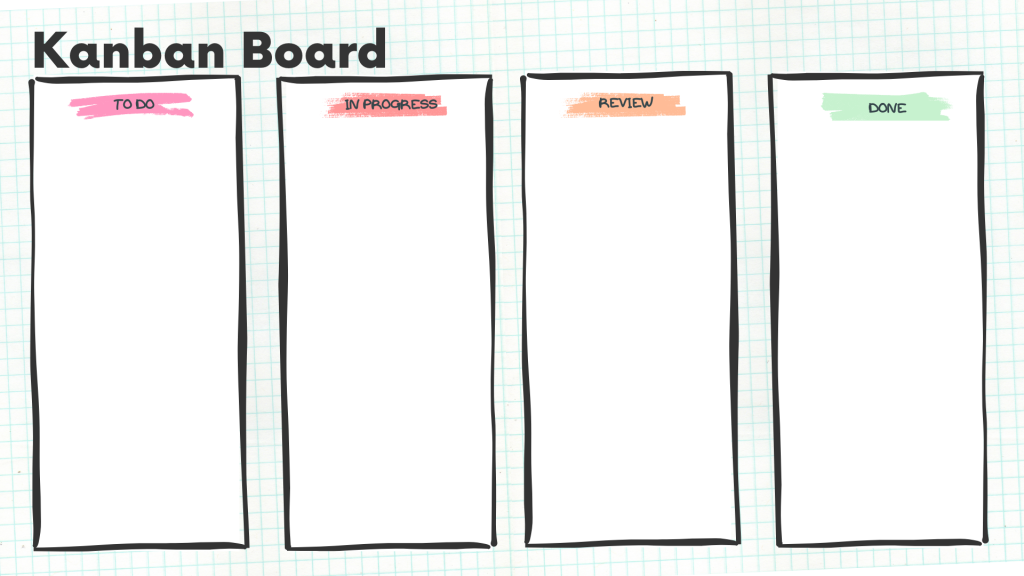
Harnessing the Japanese Way of Thinking to Succeed in Business
In the world of modern business, where technology and innovation drive the future, successful companies often look to various global practices for inspiration. Among the most influential is the Japanese way of thinking, which has a long tradition of excellence in continuous improvement, strategic discipline, and quality. By integrating elements of this mindset into project management, product development, and business strategy, tech organisations can position themselves for success.
This article explores key Japanese philosophies and practices that can be applied to modern business—particularly in the fields of tech, project management, and agile methodologies—to foster growth, efficiency, and innovation.
Kaizen: Continuous Improvement and Agile Mindset
The concept of Kaizen, which means continuous improvement, is at the heart of Japanese business philosophy. Kaizen encourages everyone—from top executives to entry-level employees—to constantly seek ways to improve processes and outcomes, no matter how small.
In the tech world, this aligns perfectly with Agile methodologies, where teams iterate rapidly and make incremental improvements in software development or product management. By adopting a Kaizen mindset, teams can focus on refining their products, processes, and tools, identifying inefficiencies, and acting on feedback continuously.
How to Implement Kaizen in Tech and Agile
Incorporate regular retrospectives in agile sprints where the team can review what worked and what didn’t. Encourage everyone to suggest improvements and apply small, actionable changes. By embedding Kaizen into your Agile framework, you foster a culture of ongoing progress.
Genchi Genbutsu: The Power of Going to the Source
In Japanese culture, Genchi Genbutsu translates to go and see for yourself. This philosophy, popularised by Toyota, emphasises the importance of firsthand observation and investigation to understand problems at their core.
In product management and tech development, this approach is critical. Rather than making decisions based on assumptions or second-hand information, product managers and teams should gather data from users directly, observe real-world usage, and experience the product in context.
How to Implement Genchi Genbutsu in Product Management
Product managers and project leaders should engage directly with end users to gain insights. Conduct user research, field studies, and engage with support teams to uncover the real issues and opportunities that data alone might not reveal. In an Agile framework, this could mean regularly interacting with customers during the development cycle to ensure the product evolves in line with user needs.
Nemawashi: Consensus Building for Better Decision Making
Nemawashi refers to the informal process of laying the groundwork for a proposal or project by building consensus before formal discussions. This ensures all stakeholders are aligned and potential issues are addressed beforehand.
In the fast-paced tech industry, decision-making often involves multiple teams—product managers, developers, designers, and stakeholders. Nemawashi helps avoid conflict by ensuring key players are on the same page early in the process.
How to Implement Nemawashi in Project Management
Before initiating a major product or project decision, take time to consult with stakeholders individually. Discuss ideas and potential challenges, gather feedback, and build a shared understanding before moving forward with formal meetings. This fosters a collaborative environment where decisions are more likely to be accepted, leading to smoother execution.
Hoshin Kanri: Strategic Alignment with Clear Objectives
The Japanese practice of Hoshin Kanri is a method of strategic planning that aligns the company’s objectives with daily operations. It’s about ensuring that all levels of the organisation—from the C-suite to individual contributors—are working toward the same goals.
In the context of business strategy and project management, Hoshin Kanri helps ensure that everyone in the company understands the overarching mission and how their work contributes to it. It’s an excellent method for keeping long-term goals front and center, even while working in Agile, rapidly-changing environments.

How to Implement Hoshin Kanri in Business Strategy
Start with clear organisational objectives and break them down into actionable, department-level plans. Use tools like OKRs (Objectives and Key Results), to map out how each team’s goals align with the broader company mission. Review progress regularly and adjust as necessary to keep teams aligned and focused on shared outcomes.
If you are unsure what OKR means or how to implement them, we have an excellent beginner article that covers the basics here.
Kanban: Visualising Workflows for Efficiency
Kanban, a method for visualising work as it moves through a process, originated in Japan and has become a popular tool in tech and project management. By using a Kanban board, teams can visualise the flow of work, track progress, and identify bottlenecks. The key principle is to limit work in progress (WIP) to improve focus and ensure tasks are completed before new ones are taken on.
Kanban aligns well with Agile methodologies, as it provides flexibility and adaptability without losing sight of the big picture.
How to Implement Kanban in Tech Projects
Use tools like Trello, Jira, or Asana to create digital Kanban boards for your team. Break down tasks into manageable cards that move through stages like To Do, In Progress, Review and Done. Limit the number of tasks in progress to ensure the team stays focused and productive, reducing burnout and increasing the pace of delivery.

Shokunin: Mastery and Dedication to Craft
In Japanese culture, the term Shokunin refers to a craftsman who is deeply dedicated to mastering their craft. This mindset encourages individuals to continuously hone their skills and strive for excellence in their work.
For professionals in tech, this translates to a commitment to skill development, learning, and quality. Whether it’s refining coding abilities, improving project management processes, or becoming a better leader, the Shokunin spirit pushes individuals to achieve mastery in their respective fields.
How to Implement Shokunin in Tech Teams
Foster a culture of learning and continuous development. Encourage team members to pursue professional certifications, attend conferences, or participate in workshops. Give them the tools and time they need to improve their skills. Recognizing and rewarding mastery within the team will cultivate a culture of excellence.
Ikigai: Finding Purpose in Work
Ikigai is the Japanese concept of reason for being, where personal passions intersect with professional contributions. In the business world, it’s important for employees to find meaning in their work, as it leads to higher levels of motivation, satisfaction, and performance.
In tech companies, where the pace of change is fast and stress can run high, helping employees find their Ikigai can make a significant difference. When employees see how their work contributes to the larger mission, they are more engaged and driven.

How to Implement Ikigai in Business Strategy
Help team members identify how their strengths and passions align with the company’s goals. In product and project management, this means ensuring everyone understands the impact of their work on the company’s success and customer outcomes. Encourage team autonomy, purpose-driven initiatives, and meaningful work that aligns with personal and organisational values.
The Japanese way of thinking offers timeless principles that can drive success in today’s fast-moving business environment. By integrating practices like Kaizen’s continuous improvement, Genchi Genbutsu’s firsthand observation, and Hoshin Kanri’s strategic alignment, tech organizations can enhance their agility, foster collaboration, and drive innovation. Whether you’re managing a tech project, developing a product, or shaping your business strategy, these insights from Japanese philosophy provide a foundation for sustainable growth, efficiency, and employee engagement.




